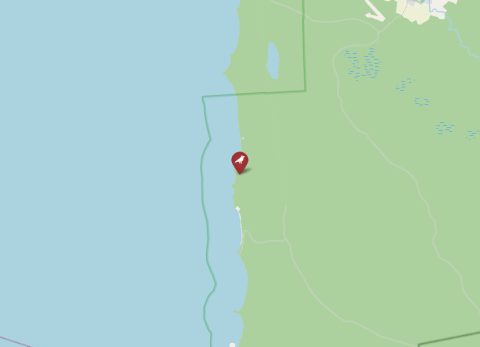Mayachino
View all studies on the map
©
Leaflet | OpenStreetMap | NIOO-KNAW
Details
- Country
-
Russia
- Species
-
Great titPied flycatcher
- Pipeline
- No
- Max. nr nestboxes
- 401
- Running period
- 1979–Present
- ID data
- Metal rings
- Environmental data
- Food availability
- Rainfall
- Individual data
- Parasites data
- Habitat
- Evergreen
- Mixed
- Genetic data
- Feather samples collected
- Basic breeding
- Yes
- Feeding at nest data
- No
No data available
Request data
Details
- Country
-
Russia
- Species
-
Great titPied flycatcher
- Pipeline
- No
- Max. nr nestboxes
- 401
- Running period
- 1979–Present
- ID data
- Metal rings
- Environmental data
- Food availability
- Rainfall
- Individual data
- Parasites data
- Habitat
- Evergreen
- Mixed
- Genetic data
- Feather samples collected
- Basic breeding
- Yes
- Feeding at nest data
- No
